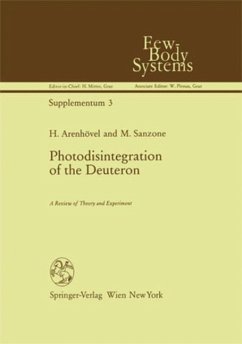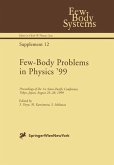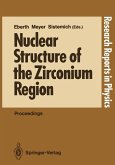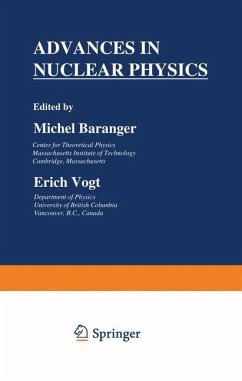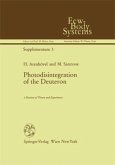The two-body system has played a major role in nuclear physics and still holds the stage. Over the past fifty years a steady flow of experimental and theoretical papers on deuteron photodisintegration and its inverse reaction demonstrates the continuing interest in this fundamental process. This book contains an almost exhaustive review of the theoretical approaches employed to evaluate two-body photodisintegration of the deuteron at low and intermediate energies. Moreover, a critical survey of all the experiments concerning this process is given and the most accurate data are selected in order to compare the experimental results with the theoretical ones. Many information can be taken from this review, in particular that the current theory is able to describe the experimental data pretty well in the energy region below the pion production threshold, while more precise experimental data and improved theoretical calculations are needed in and above the delta-resonance region. Moreover, the role of meson exchange currents and isobar degrees of freedom is clearly seen in this process, the importance of different approximations in the calculations is clarified and the necessity of studying polarization observables is stressed.
More than 50 years ago, in 1934, Chadwick and Goldhaber (ChG 34) published a paper entitled "A 'Nuclear Photo-effect': Disintegration of the Diplon by -y-Rays."l in the introduction: They noted "By analogy with the excitation and ionisation of atoms by light, one might expect that any complex nucleus should be excited or 'ionised', that is, disintegrated, by -y-rays of suitable energy", and furthermore: "Heavy hydrogen was chosen as the element first to be examined, because the diplon has a small mass defect and also because it is the simplest of all nuclear systems and its properties are as important in nuclear theory as the hydrogen is in atomic theory". Almost at the same time, in 1935, the first theoretical paper on the photodisinte gration of the deuteron entitled "Quantum theory of the diplon" by Bethe and Peierls (BeP 35) appeared. It is not without significance that these two papers mark the be ginning of photonuclear physics in general and emphasize in particular the special role the two-body system has played in nuclear physics since then and still plays. A steady flow of experimental and theoretical papers on deuteron photo disintegration and its inverse reaction, n-p capture, shows the continuing interest in this fundamental process (see fig. 1.1).
More than 50 years ago, in 1934, Chadwick and Goldhaber (ChG 34) published a paper entitled "A 'Nuclear Photo-effect': Disintegration of the Diplon by -y-Rays."l in the introduction: They noted "By analogy with the excitation and ionisation of atoms by light, one might expect that any complex nucleus should be excited or 'ionised', that is, disintegrated, by -y-rays of suitable energy", and furthermore: "Heavy hydrogen was chosen as the element first to be examined, because the diplon has a small mass defect and also because it is the simplest of all nuclear systems and its properties are as important in nuclear theory as the hydrogen is in atomic theory". Almost at the same time, in 1935, the first theoretical paper on the photodisinte gration of the deuteron entitled "Quantum theory of the diplon" by Bethe and Peierls (BeP 35) appeared. It is not without significance that these two papers mark the be ginning of photonuclear physics in general and emphasize in particular the special role the two-body system has played in nuclear physics since then and still plays. A steady flow of experimental and theoretical papers on deuteron photo disintegration and its inverse reaction, n-p capture, shows the continuing interest in this fundamental process (see fig. 1.1).

